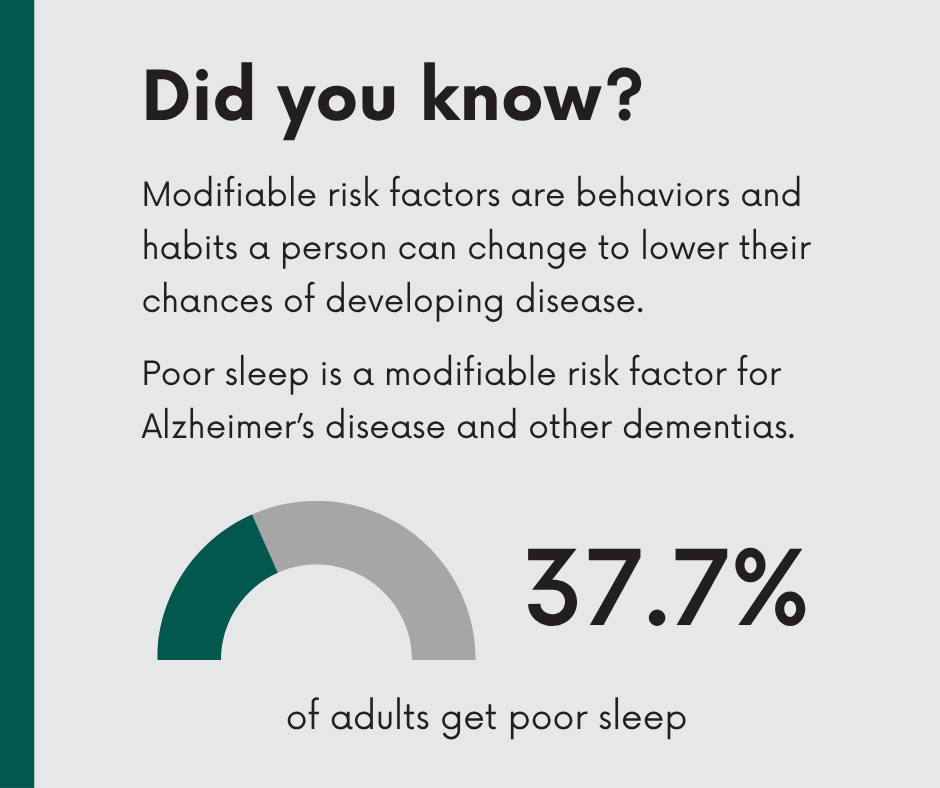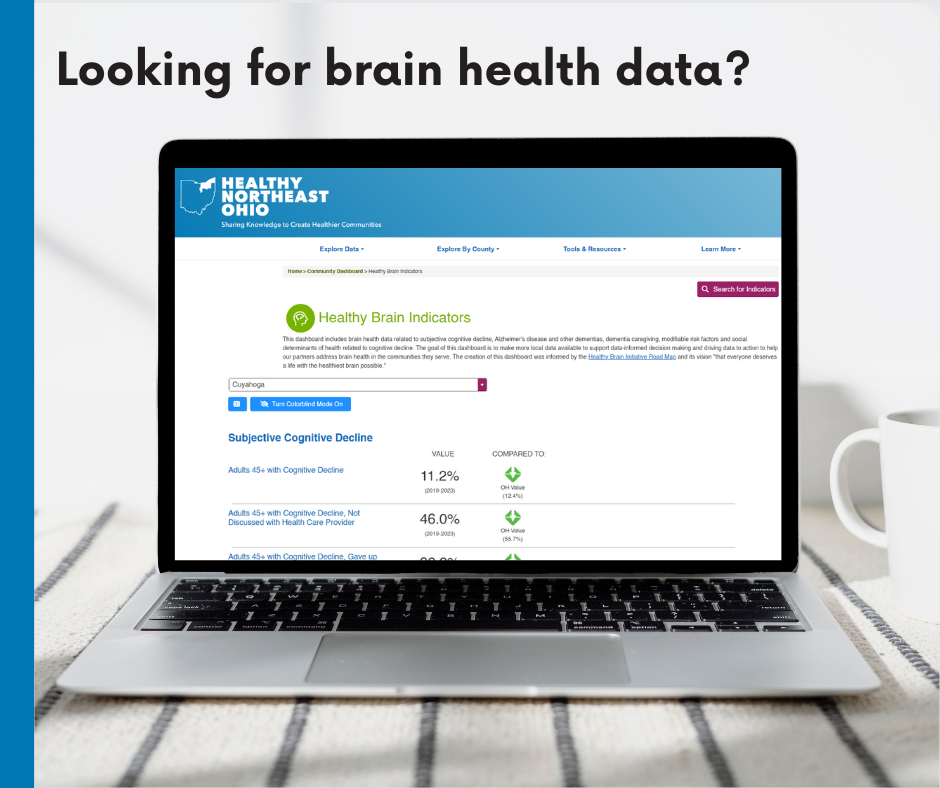For Partners and Professionals
Produce Prescriptions
Produce prescription (PRx) programs allow health care workers to prescribe fruits and vegetables to patients who meet specific criteria. Such patients might have chronic diseases and lack access to nutritious food.
Our partners at the Swetland Center have partnered with Better Health Partnership and Produce Perks Midwest to provide workshops and technical assistance. Local clinical sites* that want to create a new produce prescription program or enhance their existing program can receive support by emailing reach@case.edu to schedule a TA session.
Produce Prescription FAQs Produce Prescription 101 Workshop Recording PRx Technology Resources
*TA sessions are limited to clinical sites that can write prescriptions
Produce Path App
Produce Path Manager Portal is a novel iOS and Android application and web-based portal for collecting, managing, and evaluating information about your farmers market and its incentive programs. It can also be used by other direct-to-consumer markets, including CSAs and mobile markets.
What can the Produce Path Manager Portal do for you?
- Save Time. Market information can be directly entered into one place.
- Save Money. Reduce staff time spent on recording and processing information.
- Improve Your Market. Use customer information to recruit new customers, increase vendor sales, and change your market.
- Show Impact. Create automatic reports about your market for public use.
Visit the Produce Path Website Download Produce Path for iOS Download Produce Path for Google Play
Produce Perks and Fruit & Vegetable Coupons
The Ohio Nutrition Incentive Network supports Produce Perks to increase access to healthy, local foods. Farmers’ markets, farm stands, farms, grocery stores, and other retail locations can apply to become a Produce Perks Location.
Become a Produce Perks Location
Food Service Guidelines
Food service guidelines are standards for healthier food, beverages, and food service operations anywhere food is served, sold, or distributed. Implementing these guidelines may:
- Contribute to the health and wellness of employees and visitors.
- Create expectations for healthier food and beverage availability.
- Strengthen local food systems.
- Improve the facility management of natural resources.
- Increase energy efficiency.
CDC Food Service Guidelines Toolkit SAN ANTONIO HEALTHY FOOD PROCUREMENT Guidelines in Charitable Food
Early Care and Education
Ohio Healthy Program (OHP) is a voluntary designation from the Ohio Child Care Resource and Referral Association (OCCRRA). It is earned by early care and education (ECE) providers committed to providing a healthier environment for the young children they serve.
Healthy Brain Initiative
The Healthy Brain Initiative (HBI) partners collaborate to implement public health strategies that promote brain health, address dementia, and support individuals with dementia and their caregivers. These strategies are focused on prevention and take place along three points of the disease continuum:
1. Primary prevention, often referred to as risk reduction, aims to intervene before health issues arise. Modifiable risk factors and chronic conditions—such as hypertension, obesity, diabetes, physical inactivity, and smoking—can increase the risk of cognitive decline and dementia. By preventing, treating, or managing these risk factors and conditions, you can improve your quality of life and reduce your risk of developing cognitive impairment.
2. Secondary prevention, also referred to as early detection and diagnosis, focuses on identifying diseases in their earliest stages, before the onset of more severe symptoms. This approach involves raising awareness of dementia symptoms, promoting early diagnosis, and educating healthcare providers on effective strategies for early intervention.
3. Tertiary prevention, also referred to as the management of comorbidities, focuses on managing diseases after they have been diagnosed. The goal is to minimize the adverse effects of dementia on an individual’s health and quality of life. This approach is also crucial for caregivers, who play a significant role in managing care and reducing complications for those affected.

Subjective Cognitive Decline in Cuyahoga County
This 2019-2023 data comes from the Cognitive Decline module of the Ohio Behavioral Risk Factor Surveillance System (BRFSS). The questions in this module are asked of adults aged 45 years and older.

Dementia Caregiving in Cuyahoga County
This 2019-2023 data comes from the Caregiver module of the Ohio Behavioral Risk Factor Surveillance System (BRFSS). The questions in this module are asked of adults aged 18 years and older.

Alzheimer's and Other Dementias in Cuyahoga County
This fact sheet provides a snapshot of Alzheimer’s disease and other dementias (ADOD) in Cuyahoga County. This data comes from several sources, including the Alzheimer’s Association, CDC PLACES, CDC Wonder, Centers for Medicare and Medicaid Services, and Ohio Department of Health.

Healthy Brain Indicators Dashboard
This dashboard includes brain health data related to subjective cognitive decline, Alzheimer's disease and other dementias, dementia caregiving, modifiable risk factors and social determinants of health related to cognitive decline. The nearly 50 indicators available for Cuyahoga County come from a variety of sources, some of which have breakout data available.

